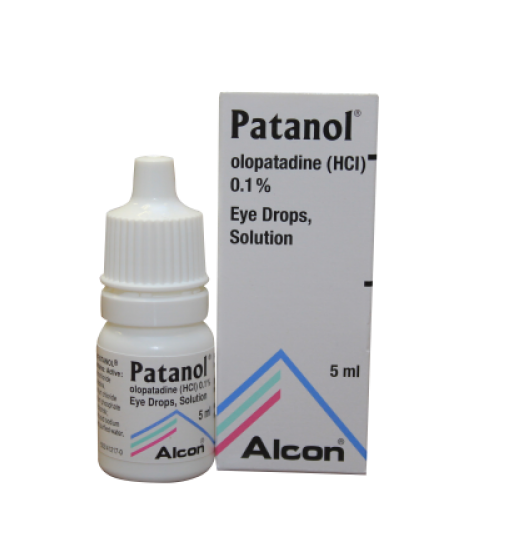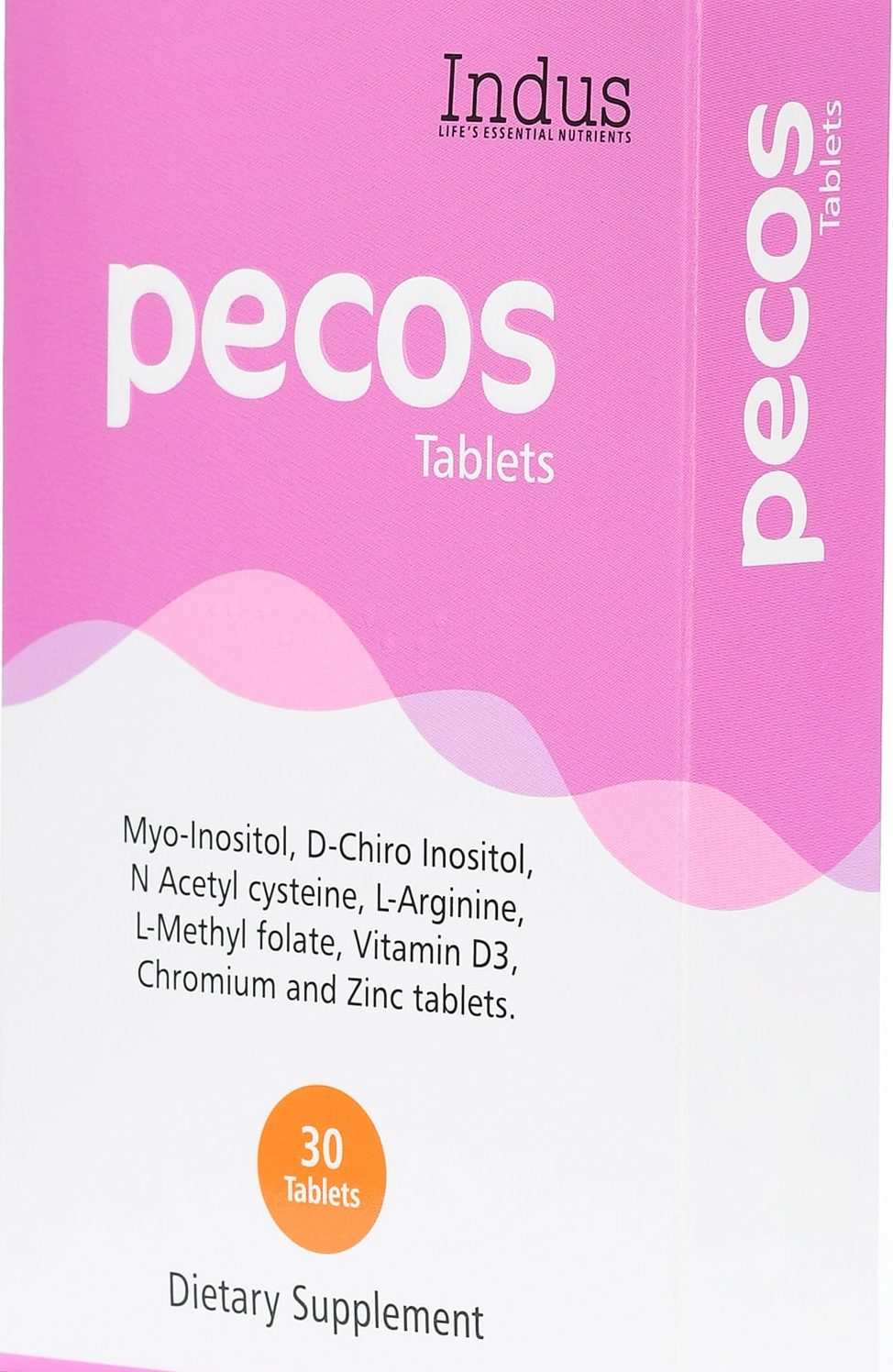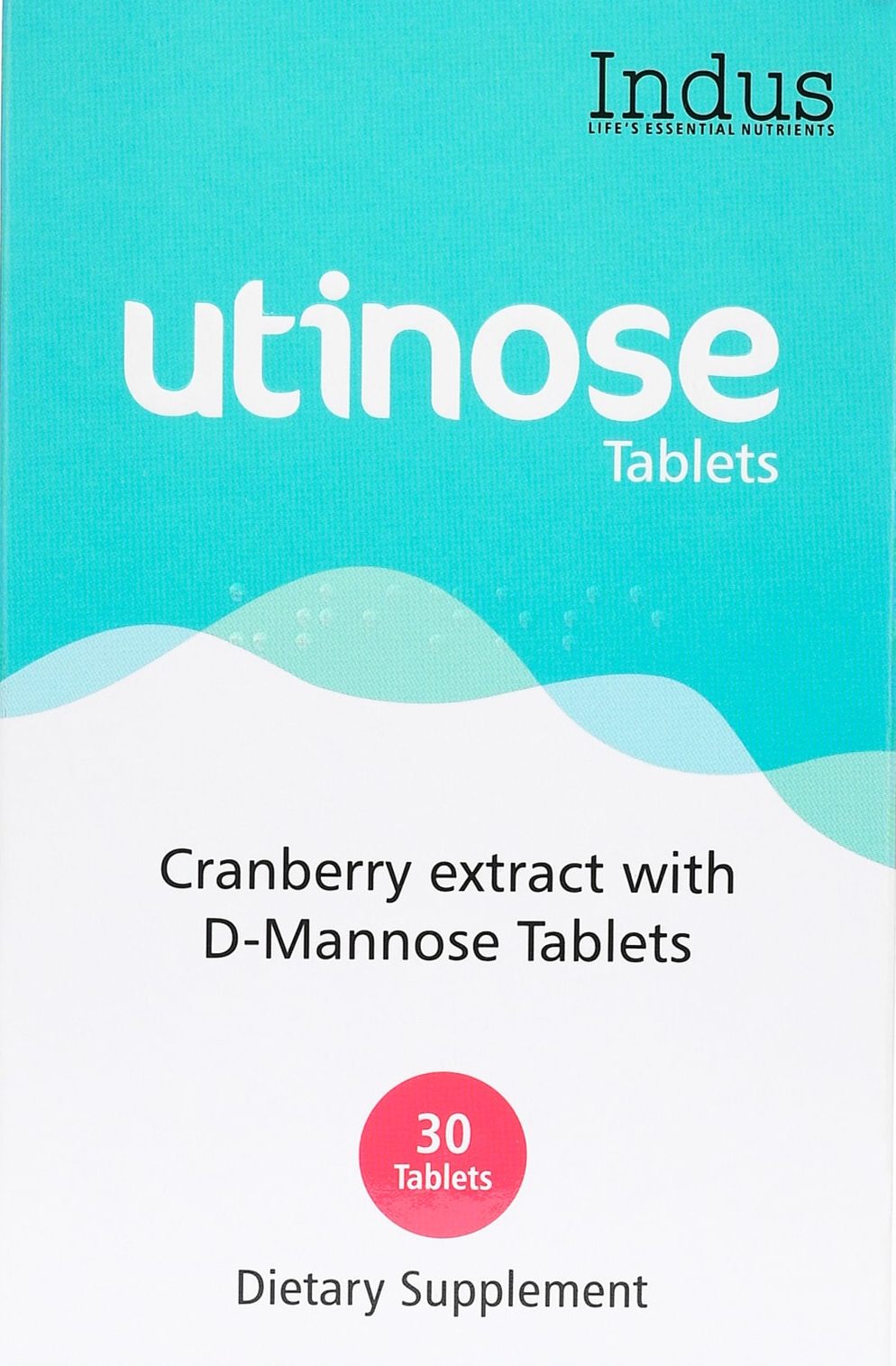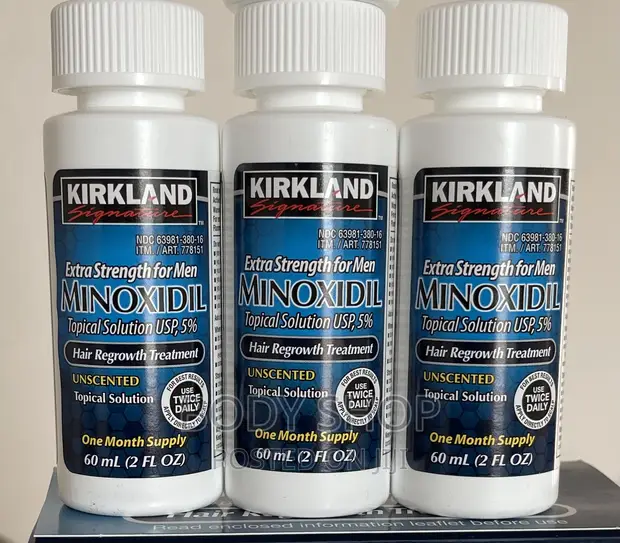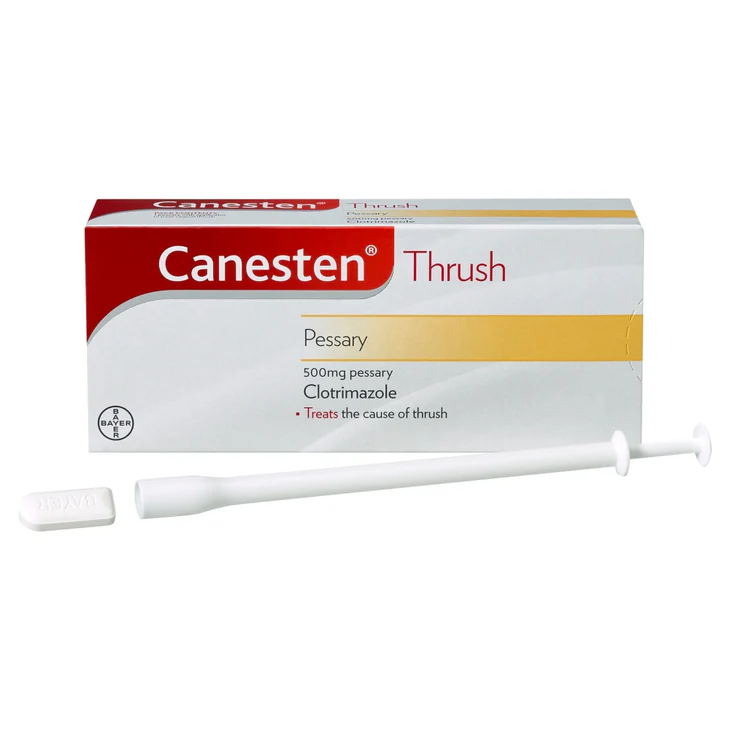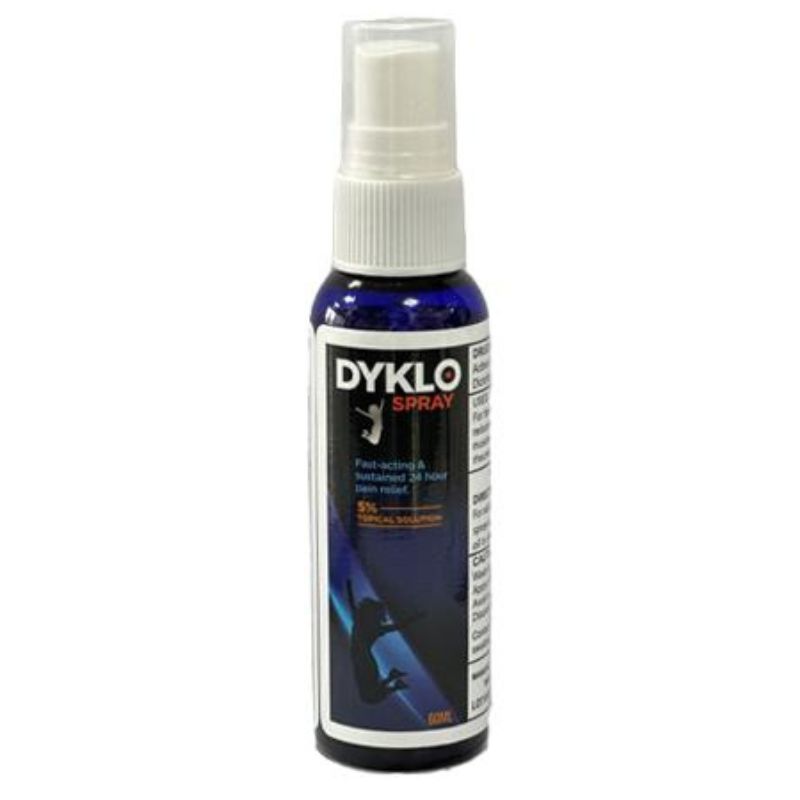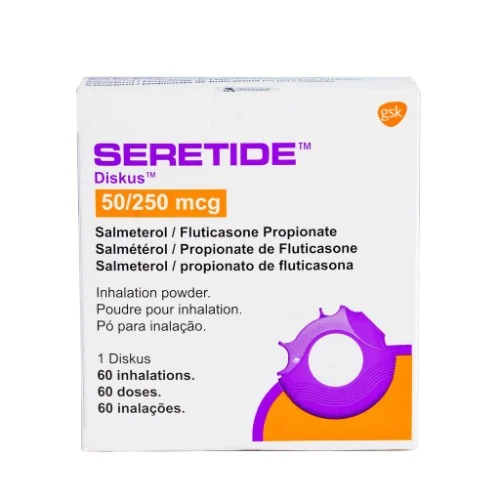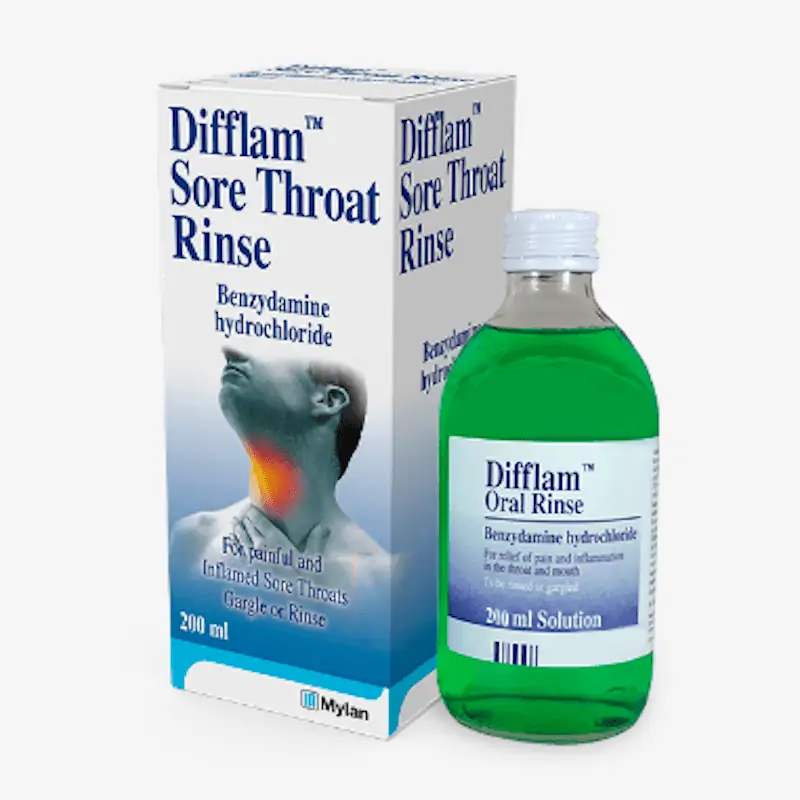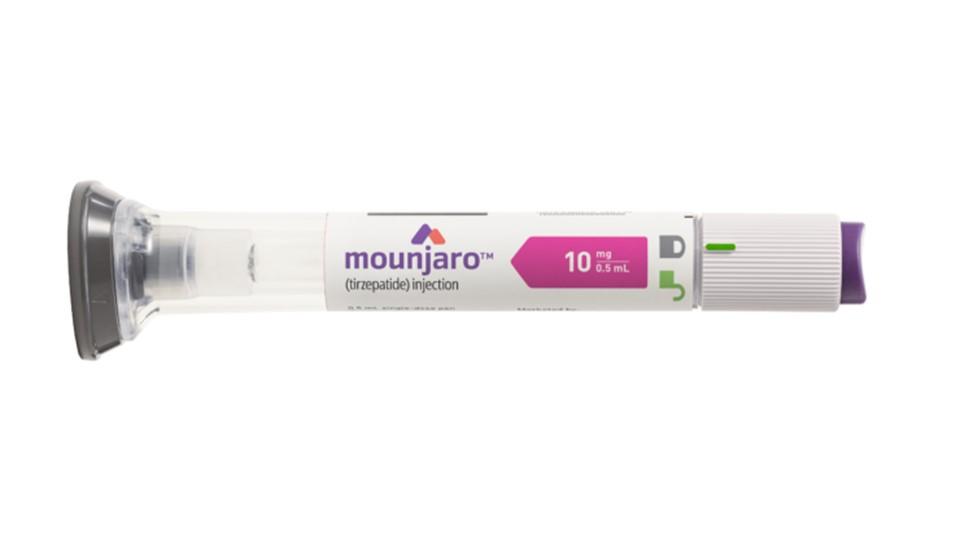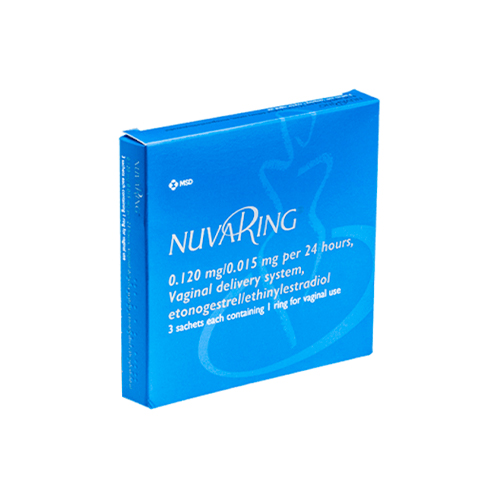No products in the cart.
Patanol Eye Drops 0.1%
₵
-
 Get 10% discount on your next order. Order now to qualify.
Get 10% discount on your next order. Order now to qualify.
-
 Get 20% cashback on apple app store. Use code P056
Get 20% cashback on apple app store. Use code P056
DELIVERY & RETURNS
Free shipping offer on Pilldoctor and get exclusive offers.
Location
-

Door Delivery Fastest delivery to the door for only 2 days. Don't miss exclusive offer.
-

Pickup Station Fastest delivery to the door for only 2 days. Don't miss exclusive offer.
-

Return Policy Fastest delivery to the door for only 2 days. Don't miss exclusive offer.
Description
Patanol (olopatadine) is an antihistamine that reduces the natural chemical histamine in the body. Histamine can produce symptoms of itching or watery eyes.
Patanol eye drops are used to treat itching, burning, redness, watering, and other eye symptoms caused by allergic conditions.
Patanol may also be used for purposes not listed in this medication guide.
Important information
Before using Patanol, tell your doctor if you have any type of infection in your eye.
Do not use Patanol while you are wearing contact lenses. The eyes drops may contain a preservative that can be absorbed by soft contact lenses. Wait at least 10 minutes after using Patanol before putting your contact lenses in.
Avoid wearing contact lenses while your eyes are red or irritated.
Do not allow the Patanol dropper tip to touch any surface, including the eyes or hands. If the dropper becomes contaminated it could cause an infection in your eye, which can lead to vision loss or serious damage to the eye.
Do not use the eye drops if the liquid has changed colors or has particles in it. Call your doctor for a new prescription.
Stop using Patanol and call your doctor at once if you have severe redness, swelling, burning, stinging, drainage, crusting, or other irritation when using the eye drops.
Before taking this medicine
You should not use Patanol if you are allergic to olopatadine.
To make sure Patanol is safe for you, tell your doctor if you have any type of infection in your eye.
It is not known whether this medicine will harm an unborn baby. Tell your doctor if you are pregnant or plan to become pregnant.
It is not known whether olopatadine ophthalmic passes into breast milk or if it could harm a nursing baby. Tell your doctor if you are breast-feeding a baby.
How should I use Patanol?
Use Patanol exactly as prescribed by your doctor. Follow all directions on your prescription label. Do not use this medicine in larger or smaller amounts or for longer than recommended.
Wash your hands before using the eye drops.
To apply the eye drops:
- Tilt your head back slightly and pull down your lower eyelid to create a small pocket. Hold the dropper above the eye with the tip down. Look up and away from the dropper and squeeze out a drop.
- Close your eyes for 2 or 3 minutes with your head tipped down, without blinking or squinting. Gently press your finger to the inside corner of the eye for about 1 minute, to keep the liquid from draining into your tear duct.
- Use only the number of drops your doctor has prescribed.
- Wait at least 10 minutes before using any other eye drops your doctor has prescribed.
Do not touch the tip of the Patanol eye dropper or place it directly on your eye. A contaminated dropper can infect your eye, which could lead to serious vision problems.
Do not use the eye drops if the liquid has changed colors or has particles in it. Call your pharmacist for new medicine.
Store Patanol eye drops at room temperature away from moisture and heat. Do not freeze. Keep the bottle tightly closed when not in use.
Patanol dosing information
Usual Adult Dose of Patanol for Seasonal Allergic Conjunctivitis:
Ophthalmic solution 0.1%: Instill one drop in each affected eye two times a day at a 6 to 8 hour interval.
Ophthalmic solution 0.2%: Instill one drop in each affected eye once a day.
Usual Pediatric Dose of Patanol for Seasonal Allergic Conjunctivitis:
2 years or younger: Safety and effectiveness have not been established.
3 to 18 years:
Ophthalmic 0.1% solution: Instill one drop in each affected eye two times a day at a 6 to 8 hour interval.
Ophthalmic 0.2% solution: Instill one drop in each affected eye once a day.
Product Ratings
Highest Ratings
There are no reviews yet.
Rate

